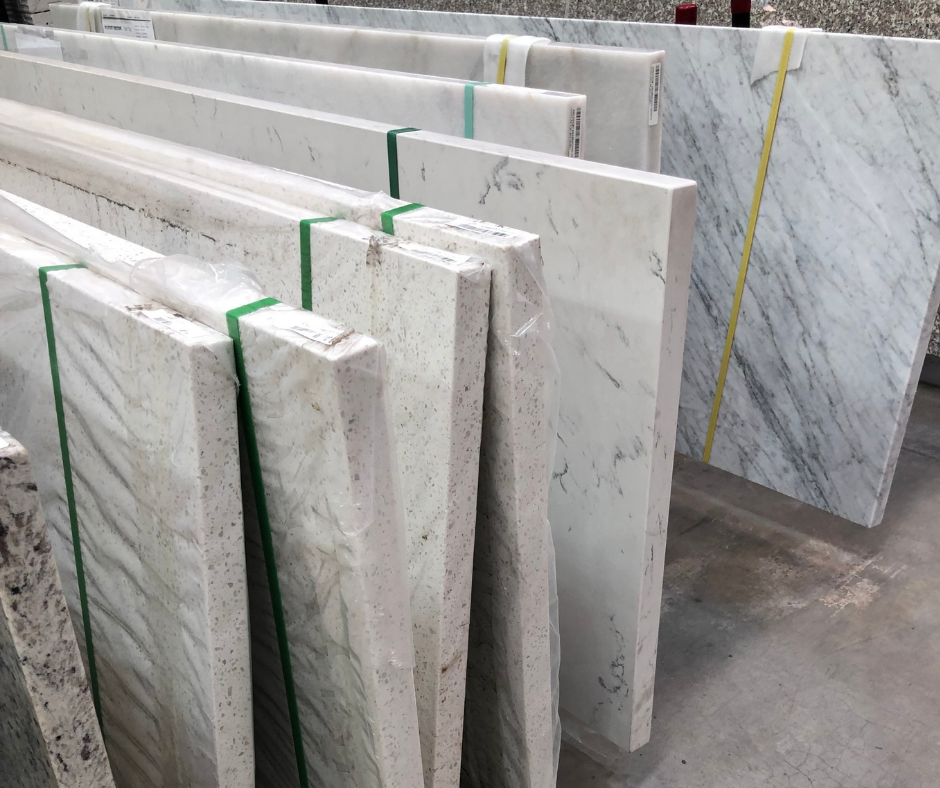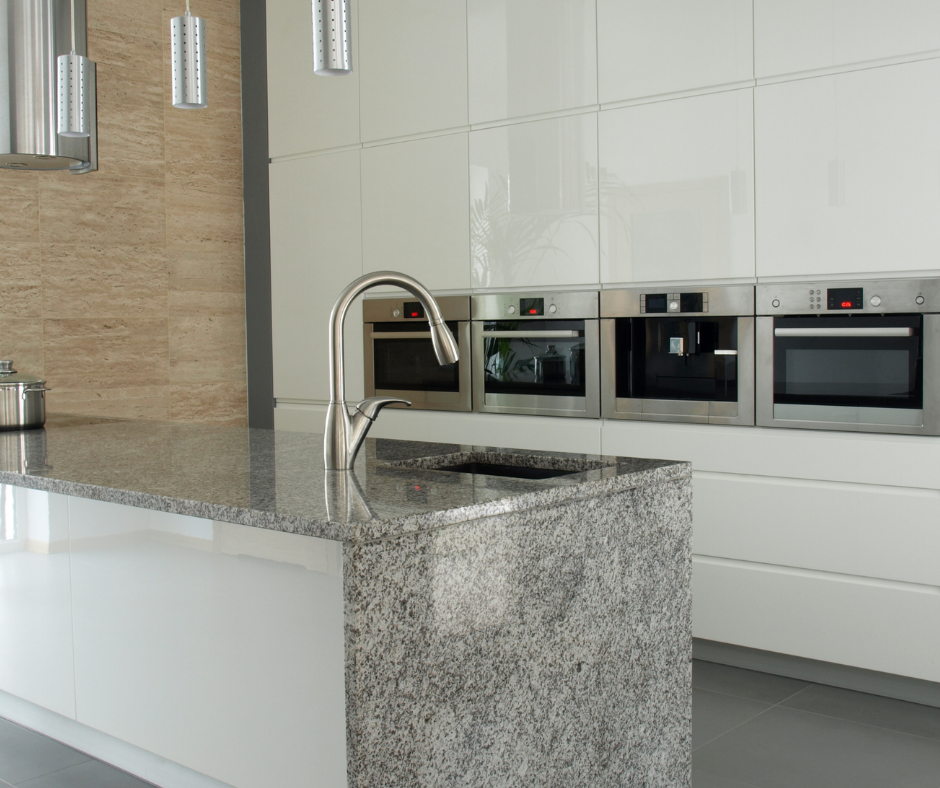Understanding the Difference Between Marble, Granite and Quartz Countertops
 Kitchen countertop confusion is a common ailment. Whether you are selecting countertops for a new kitchen or considering replacing countertops for an upgrade of your current kitchen, the key is understanding the difference in materials. HGTV.com has a guide to Choosing Kitchen Countertops to help you look beyond popularity and hone in on what suites your style and stands up to how you use your kitchen.
Kitchen countertop confusion is a common ailment. Whether you are selecting countertops for a new kitchen or considering replacing countertops for an upgrade of your current kitchen, the key is understanding the difference in materials. HGTV.com has a guide to Choosing Kitchen Countertops to help you look beyond popularity and hone in on what suites your style and stands up to how you use your kitchen.
Marble, granite, and quartz are three materials frequently used for kitchen countertops. Two are natural, one is artificial, but with today’s manufacturing technology it can be impossible to spot the difference with the naked eye. The Spruce.com offers a Solid Surface, Quartz, and Granite Countertop Comparison Chart that offers even more information.
Marble
Marble is one of the most elegant natural stones in the world. If marble stone is free from all impurities, it will be solid white. Most marble, however, contains other minerals that can make it bluish, gray, pink, yellow, or black. Any other bright and vibrant colors indicate that the marble is human-made or that it is a natural stone mixed with other materials.
True marble also has an unparalleled glossiness. Marble is made naturally through thousands of years of heat and pressure. The colors of other minerals will appear as veins or swirls throughout the stone, with no repeating or symmetrical patterns and at varying depths and dimensions. Marble is also translucent, often allowing you to see a few millimeters past the surface, which gives the material more depth.
Granite
Granite is another natural stone that is popular in countertops. Because it contains an assortment of different minerals like feldspar, quartz, and mica, granite can come in many colors, but the most common ones are whites, grays, reds, and browns. Granite is a phaneritic rock, meaning it contains crystals and clumps of minerals large enough to distinguish with the naked eye. When you look at a slab of granite, you see various pieces in a speckled pattern that come together to form the stone.
Some granite has more of a veined look, similar to marble, but if you look closely, the color patches tend to be grainier and blurrier, rather than distinct streaks. Unlike marble, granite is completely opaque, so you will only see the outermost layer of the surface.
 Quartz
Quartz
While quartz occurs naturally, a quartz countertop is human-made. To make a quartz countertop, manufacturers must use a mix of ground quartz stone of about 90 percent and resins and polymers of about 10 percent. Many quartz countertops can be a mix of ground granite, marble, and other natural stones. These are more accurately called engineered stone.
Every slab of granite or marble is unique. If it is natural stone, no two areas of the stone will look exactly alike. Because quartz slabs are manufactured, they tend to have a fairly uniform color and consistency throughout, with little variation in the patterns and textures. However, as new methods of engineering quartz slabs emerge, the possibilities of what can be done with the material are growing all the time, opening up a variety of design possibilities. Quartz countertops come in an endless variety of colors and patterns. Cambria offers q quartz countertops that are distinctively durable, nonabsorbent, and easy to maintain.
All three countertop materials have their pros and cons. Whether you chose marble, granite, or quartz, you will add value to your home. In the end, the countertop material you choose is a matter of personal preference and should be complimentary to your style and stand up to your lifestyle.
The experts at Kitchens Redefined can help you select the right that suites your style and stands up to how you use your kitchen.